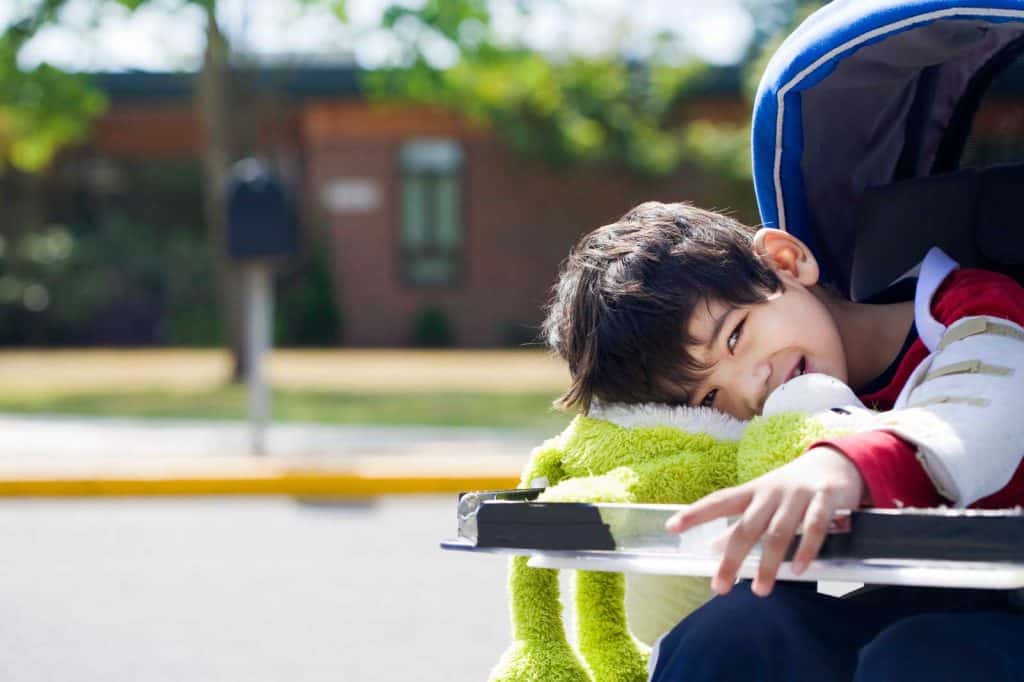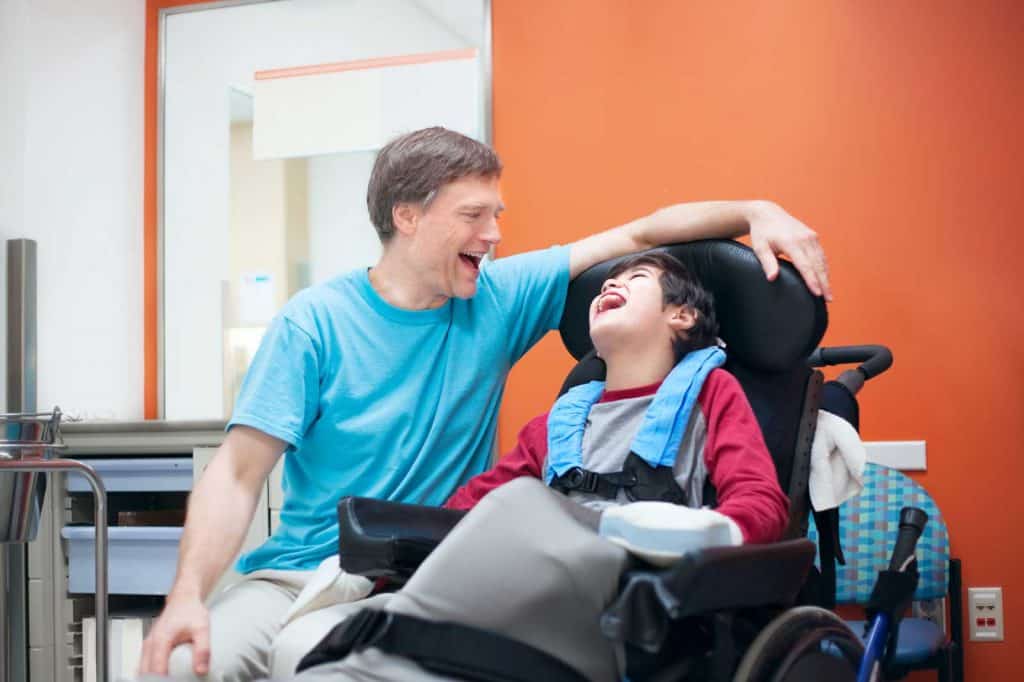
Cerebral palsy is considered a group of disorders that impacts muscle coordination and movement. It also affects sensation, hearing, and vision. The word “cerebral” simply means the cerebrum of the brain, whereas, the word “palsy” means problems or weakness in body movement.
Cerebral palsy is known to cause motor disabilities during childhood. The CDC (Centers for Disease Control and Prevention) believes that anywhere between 1.5 and 4 of every 1,000 children are affected by cerebral palsy worldwide.
Causes of Cerebral Palsy
Injury to the brain or abnormal brain development causes cerebral palsy. It impacts the part of the brain that is responsible for posture, coordination, and body movement. Most of the brain damage tends to occur before one is born.
However, it could happen during the first years of life or at the time of birth. The exact cause of cerebral palsy remains unknown. The following are said to cause the disorder.
Head injuries
These are mostly sustained from child abuse, a fall, or a car accident. Traumatic head injury accounts for over 700,000 according to the Australian Bureau of Statistics. The majority of these people are aged 65 or under but as many as two out of every three have brain injury before 30 years old.
Bleeding in the brain or intracranial hemorrhage
Brain hemorrhage happens due to an accident, stroke, or tumor caused by environmental factors, health conditions, or developmental issues. Bleeding in the brain can reduce oxygen flow and increase pressure in the brain to disintegrate brain cells. This in turn affects vision, body coordination, and loss of senses.
Brain infections
Infections such as meningitis and encephalitis may cause cerebral palsy. The former is a bacterial or viral inflammation of the membranes of the brain and spine system that causes swelling. Meanwhile, encephalitis is the inflammation of the brain itself caused by bacterial or viral inflammation.
Maternal infection
For instance, herpes simplex and German measles might be acquired by the mother who then passes on it to the baby. This transmission happens before delivery, during labor, or post-partum where the baby is contaminated with the mother’s blood.
Jaundice
Jaundice in newborns is the yellowing of the baby’s skin and eyes. It’s very common in newborns especially when they have a high level of bilirubin – a yellow pigment that forms upon breaking of red blood cells. It’s important to regulate wastes in the body and travels down the digestive tract, gallbladder, and liver. High levels of bilirubin can place the infant at risk for cerebral palsy or brain damage.
Abnormal brain development
Abnormalities in the brain can be congenital – during birth. Severe disturbance in brain development can cause defects in its function, physical form, or skull growth. In turn, the child may experience effects such as seizures, reduced vision, head pain, and cerebral palsy.
A lack of oxygen in the brain
Asphyxia neonatorum happens when the infant doesn’t get enough oxygen during birth. Severe asphyxia neonatorum may damage the brain and result in cerebral palsy.

Symptoms of Cerebral Palsy
The symptoms of cerebral palsy depend on the individual. They range from severe to mild. Some people that have cerebral palsy tend to have difficulty grasping objects, while others have trouble sitting or walking.
he symptoms may become less or more severe over time and depend on the region of the brain that has been impacted. The following are some of the signs that are commonly observed.
- Difficulty walking.
- Involuntary movements or tremors.
- Problem swallowing and excessive drooling.
- Lack of muscle coordination and ataxia.
- Exaggerated reflexes, stiff muscles, and spasticity.
- Difficulty speaking or delays in speech development.
- Neurological problems like blindness, intellectual disabilities, and seizures.
- Using one side of the body for performing tasks such as one handy to grab items.
- Slow development of motor skills like crawling, sitting up along and rolling over.
Many children who are born with cerebral palsy might not show signs until years or months later. However, symptoms generally appear before the child turns 3.
Treatment of Cerebral Palsy
When it comes to the treatment of cerebral palsy, the goal of the treatment is to prevent complications while improving limitations. The treatment includes surgery, medications, and aids.
Surgery
One of the most popular surgeries that are performed on cerebral palsy patients includes orthopedic surgery. It helps improve mobility and relieves pain. It also corrects bone abnormalities and releases tight muscles.
Medications
Muscle relaxants and oral anticonvulsants are widely used for the treatment of cerebral palsy.
Assistive Aids
Cerebral palsy patients commonly use assistive aids such as wheelchairs, body braces, walking aids, hearing aids, and eyeglasses. Cerebral palsy does not have a cure. However, the condition may be managed or treated. The right type of treatment depends on the needs of the individual.



